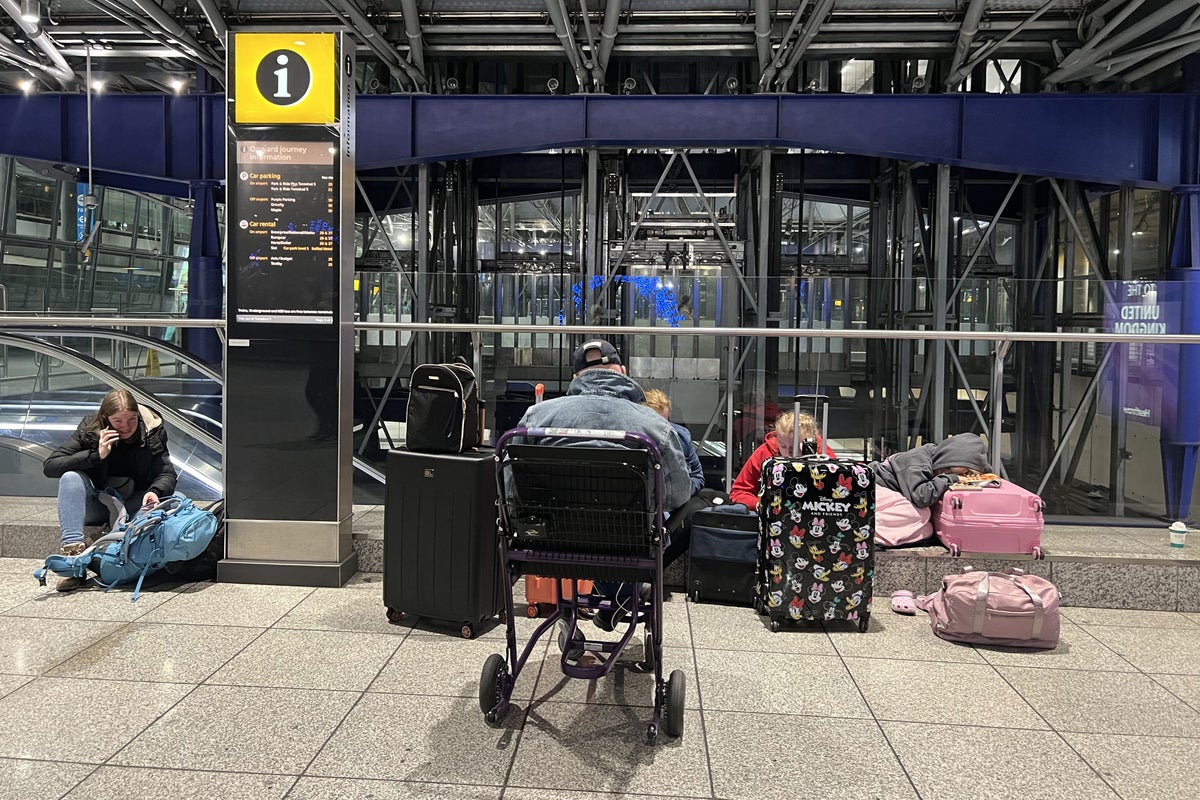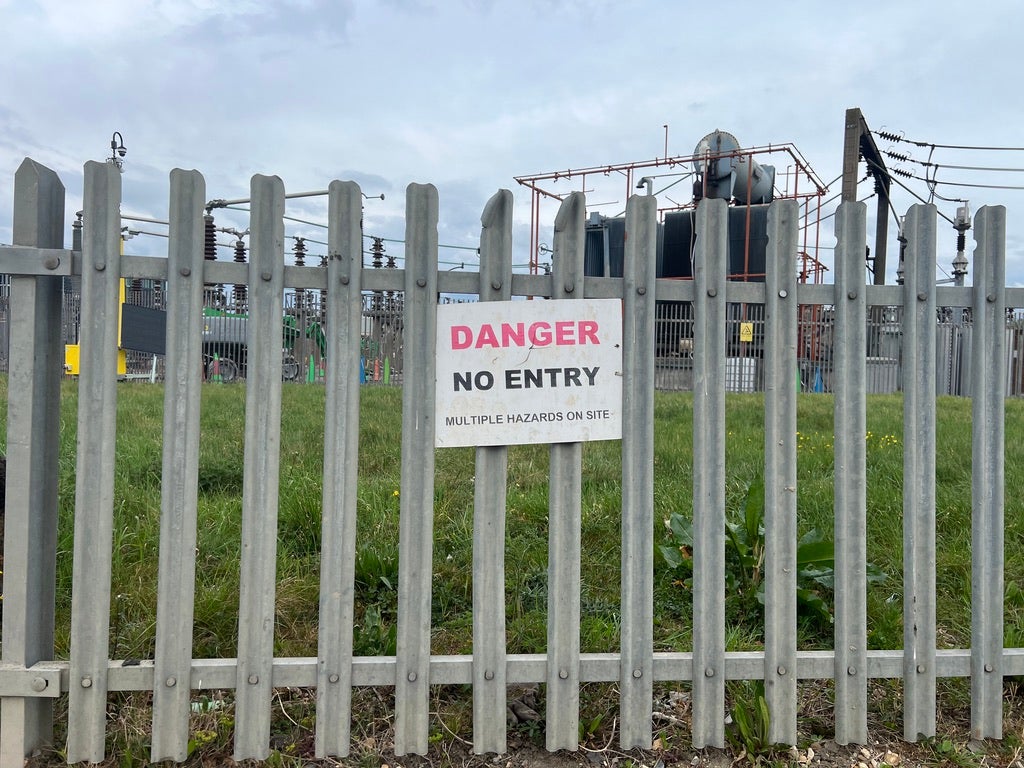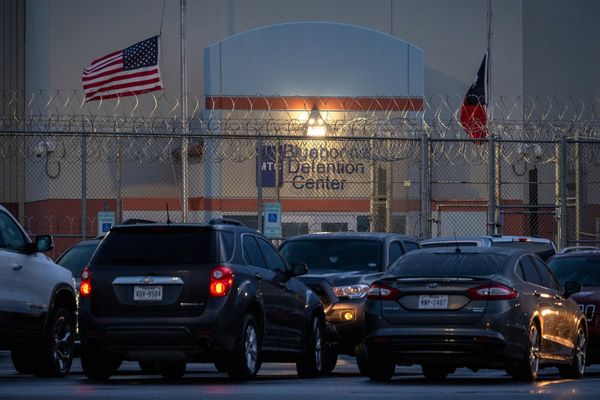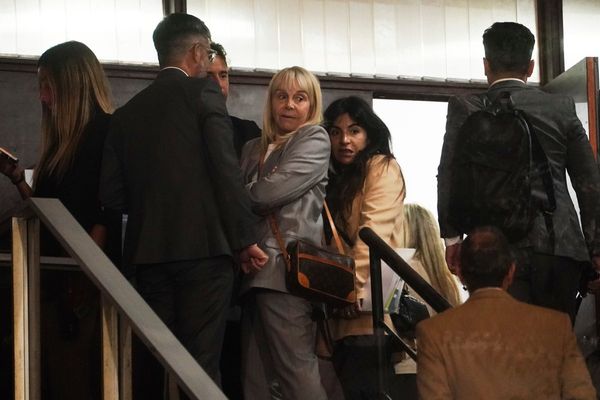
More than 1,400 flights were diverted or cancelled by the near-total shutdown of Heathrow on Friday 21 March. A fire broke out in a transformer within the North Hyde electrical substation in Hayes, north of Heathrow, late in the evening of Thursday 20 March. In the early hours of Friday morning, 21 March, the airport announced it would close until at least midnight – though later that evening, some flights were allowed to depart.
The quarter-million passengers who were caught up in the 1,400-plus diversions and cancellations have now got an apology from the Heathrow boss. But they want more detail on what went wrong last time, the likely disruption next time – and whether they will get any compensation from the companies involved?
This is what we found out from the Transport Select Committee session on the subject on 2 April.
Why did Heathrow close down?
Heathrow airport says: “The decision to close the airport was taken to protect passenger and colleague safety because of the unprecedented impacts of an off-airport fire at an electrical substation.”
What were those impacts?
Thomas Woldbye, chief executive of Heathrow, told MPs that the first problems became apparent shortly after midnight: “We realised we were losing power to the airport. In our operations centre you would have seen all the red lights go, that all the systems were powering down. We had no indication as to why. We then at a slightly later stage got a call from the fire department that the substation was on fire.”
“We were in a very uncertain situation for many, many hours, until 6 o’clock in the morning, because we could not get information on how long this could last, but we could see that one-third of the airport was powering down.
“This is first and foremost a safety situation. We need to make sure, when a crisis happens, that people are safe.”
He added: “We’re still at a stage where we don’t know why it happened.”

Did the power cut affect the whole airport?
No. Mr Woldbye told the Transport Select Committee that the power loss primarily affected Terminal 2, parts of Terminal 4, and the tunnel to the central area. He said CCTV and some of the safety systems were “at least momentarily lost”.
How long does it take to restart after a power cut like this?
“It’s a very complicated process that you need to execute in a certain sequence,” Mr Woldbye said. “It takes about 10 hours.” He said the “unprecedented” event triggered the need to “power down maybe 1,000 systems and switch back on 1,000 systems”. He said the systems were restored “as fast as we possibly could”.
Nigel Wicking, who is chief executive of the Heathrow Airline Operators’ Committee (HAOC), was shocked to learn how long it took to restore the systems: “The resilience should have been there in the first place,” he said. “Ten hours for me is too long. If the airlines had understood that [in advance], then we might have really challenged Heathrow.”
He estimates the airlines lost £60m to £100m as a result of the shutdown. This is likely to feed through to passengers in the form of higher fares.
When was the first terminal back and running?
Terminal 5 was ready to go at 10am on Friday morning, according to Mr Wicking. He said: "I don’t think there was any reason why T5 wasn’t available from 10am.
“British Airways had let me know that T5 for them was operating and available to operate in the morning. They checked in with [air-traffic control provider] Nats that the runway was OK, Nats could operate effectively. So they really did want to receive repatriation flights – some of those flights that were stuck in Europe, with visa problems and various other things.
“We had checks in with Border Force during the day and they had full resource availability to handle flights coming in.
“In addition to that, there was an opportunity to get flights out of T5. And we could have made further arrangements in terms of moving passengers, is my feeling. The fuelling company said they could still work.”
Does Heathrow accept T5 could have opened earlier?
No. Thomas Woldbye said: “The fact that the lights were on at Terminal 5 doesn’t mean the terminal was operational. We didn’t have CCTV, we didn’t have fire surveillance.
“All that had to be secured before we could start operations.
“We would be able to land aircraft, but we would then be leaving aircraft on the runways with passengers on them, not being able to process them because we didn’t have the safety. That is not an acceptable situation. We didn’t have the processing capacity we need.
“We did all we could to get [T5] open as soon as we could, because we fully understand the airlines’ concerns around repatriating flights and passengers.
“Sean Doyle [British Airways chief executive] and myself were actually instrumental in getting some critical BA flights, with passengers, out on the same evening.”
How much would it cost to guarantee no future power cut?
The bill would be more than £1bn to have a guaranteed power supply, Mr Woldbye said. The airlines, and in turn the passengers, would pay for it.
If that’s not happening, what is?
“We have already made some changes,” said Heathrow. "This includes increasing the number of airport partners who can dial into operational calls, improved outreach during an incident with home carriers and back-up mobile phones for senior management.”
The Independent has asked Heathrow to expand upon the last point – which implies that mobile phone problems experienced by executives may have complicated the airport’s response.
Heathrow has also stepped up its passenger surveys “to better capture the sentiment” in the days after the event. The aim: “So we can learn from this.”
In addition, a non-executive director of Heathrow, Ruth Kelly, has been asked to investigate the incident. In particular, the Kelly review is require “to determine and evaluate the decision-making processes that led to the closure of theirport; and whether any reasonable steps were available that might have prevented the airport from closing or otherwise have mitigated the impact of the power outage”.
The Kelly review is expected to publish its report by 7 May 2025.
Should Heathrow’s response boost confidence among passengers?
It is difficult to see how it might. The airport insists that safety is paramount – and that, in the rare event of a major power cut, it cannot operate safely without a 10-hour restart of key systems.
Will passengers qualify for compensation?
Certainly not from airlines – though the carriers are seeking reimbursement of their losses from Heathrow. Airport chief executive Thomas Woldbye says he is open to discussing compensation with airlines when the full facts are known.
It is not beyond the bounds of possibility that the 250,000 passengers may get some financial recognition of their experience. When Gatwick suffered a shutdown of North Terminal just before Christmas 2013, affected passengers were each given a £100 shopping voucher.
What is the effect of the closure on Heathrow’s 2025 figures?
March was a dire month for Heathrow, with a 7.5 per cent fall in passenger numbers – representing nearly half a million fewer travellers. Around 250,000 of them had their travel plans cancelled because of the closure.
In his commentary on the fall in traffic, chief executive, Thomas Woldbye did not refer to the fire, saying: “Passenger numbers were slightly down due to changing holidays this year.”
Easter fell in March in 2024, increasing the amount of traffic in that month. Ramadan – which normally causes a reduction in passenger numbers – coincided with March this year. Traffic to and from the Middle East was down 8 per cent year-on-year.
The number of flight movements in March dropped by 3 per cent, which represents about one full day of flying.
The decline in Heathrow’s traffic in March led to an overall fall of 1.5 per cent in the first quarter of 2025.
Listen to Simon Calder’s podcast about the hearing into the Heathrow shutdown







